
Company Profile Design: Crafting a Powerful Brand Introduction
In today’s competitive marketplace, first impressions can make or break a business. One of the most powerful tools a company can use to establish its credibility, communicate its value, and connect with potential clients or investors is a well-designed company profile. Far more than just a brochure or an "About Us" page, a company profile is a visual and strategic representation of who you are, what you do, and why it matters.
This article will dive deep into the essentials of company profile design, why it’s critical for businesses of all sizes, what elements it should include, and how to ensure your profile doesn’t just inform—but impresses.
What Is a Company Profile?
A company profile is a professional summary that provides an overview of a business, its values, offerings, history, achievements, and goals. It acts as a brand identity tool that tells your company’s story in a compelling and concise way.
But a company profile isn’t just about text—it’s also about design. A well-crafted design aligns the visual elements with the content to create an engaging, memorable, and credible representation of your brand.
Why Company Profile Design Matters
In a digital-first world, your company profile often serves as your business card, sales pitch, and brand presentation—all rolled into one. Here's why the design of this document is crucial:
1. First Impressions Count
Your company profile may be the first thing a potential client, partner, or investor sees. A clean, professional design signals credibility and seriousness, while a poorly designed profile can quickly turn people away.
2. Brand Storytelling
A well-designed company profile communicates more than just facts. Through visual hierarchy, typography, colors, and layout, it tells your brand story in a way that's engaging and memorable.
3. Competitive Advantage
In saturated industries, a standout company profile can differentiate your brand from the competition. It reflects your values, professionalism, and attention to detail—qualities clients and partners look for.
4. Versatility
A strong profile can be used in a variety of formats: print, PDF, presentations, websites, and social media. A good design ensures consistency and impact across all platforms.
Key Elements of an Effective Company Profile
While the exact contents will vary based on your industry and audience, an effective company profile typically includes the following components:
1. Cover Page
The first impression. It should feature your company logo, name, tagline (if any), and a visually appealing layout. A clean, modern design here sets the tone for the rest of the document.
2. Table of Contents
This helps readers navigate the profile easily, especially for longer documents.
3. Company Overview
A concise introduction to your business:
When and why the company was founded
What your company does
Your mission, vision, and values
4. Our Story / History
Timeline or narrative format showcasing the key milestones in your company’s growth. This helps humanize the brand and build trust.
5. Leadership & Team
Highlighting key team members adds transparency and credibility. Use professional photos, job titles, and short bios.
6. Products & Services
Clearly outline what your company offers. Use icons, diagrams, or product photos to make this section engaging and easy to understand.
7. Industries Served / Target Markets
This helps clients understand if your solutions align with their needs.
8. Portfolio / Case Studies
Real examples of your work or success stories build confidence. Include metrics and visual elements like charts, images, and quotes.
9. Clients & Testimonials
Logos of well-known clients and direct quotes from satisfied customers help build trust and social proof.
10. Awards & Recognitions
Highlight any industry certifications, awards, or media features that lend authority to your business.
11. Sustainability / Social Responsibility
If applicable, showcase your corporate social responsibility initiatives or sustainability efforts.
12. Contact Information
Always include your office address, email, phone number, website, and social media handles in a clean, accessible layout.
Best Practices in Company Profile Design
Designing a company profile isn’t just about making it look pretty—it’s about aligning visuals with business goals. Here are essential best practices:
1. Understand Your Audience
Before you design, define who you’re speaking to. Is your profile aimed at investors? Clients? Government agencies? Each audience requires a slightly different tone and design approach.
2. Keep It Clean and Consistent
Use consistent fonts, colors, and layout styles throughout the document. Stick to your brand guidelines to reinforce identity.
3. Use High-Quality Visuals
Avoid stocky, low-resolution images. Use professional photography, vector icons, and original graphics where possible.
4. Limit Text, Maximize Impact
Avoid overwhelming the reader. Use bullet points, headers, and whitespace to make the content scannable and easy to digest.
5. Highlight Key Information
Make sure the most important takeaways—like your core services, achievements, or value proposition—are prominently placed and visually emphasized.
6. Use Visual Hierarchy
Differentiate headings, subheadings, and body text using size, color, and weight. This helps guide the reader’s attention logically.
7. Be Mobile-Ready
Make sure your digital company profile is mobile-friendly, especially if shared via email or viewed online.
Digital vs. Print Company Profiles
There are two main formats for a company profile: digital and print. Each has its strengths:
Digital Company Profile:
Easy to update and share
Interactive elements (videos, links)
Ideal for email campaigns, presentations, or online portfolios
Print Company Profile:
Tangible and professional for in-person meetings or exhibitions
Works well as a leave-behind marketing material
Should be designed in high-resolution and suitable for quality printing
Some businesses opt for both—a digital version for convenience and a sleek print version for physical distribution.
Emerging Design Trends in 2025
Design evolves quickly. To keep your company profile modern and engaging, consider these trends:
1. Minimalist Layouts
Less is more. Clean layouts with plenty of white space, limited color palettes, and sharp typography create a premium feel.
2. Motion Graphics & Interactivity
In digital profiles, adding animations, clickable elements, and embedded videos can boost engagement.
3. Bold Typography
Using strong, readable fonts in headlines or section titles draws attention and creates a modern look.
4. 3D Illustrations & Custom Icons
Unique visual elements add flair and originality to your profile, helping your brand stand out.
5. Dark Mode Versions
Offering a dark-themed company profile (especially digitally) can enhance readability and appeal, particularly in tech or creative industries.
Benefits of a Professional Company Profile
Let’s summarize what a professionally designed company profile brings to the table:
Enhanced Credibility: A polished design shows that you take your business seriously.
Stronger Brand Positioning: Reinforces your values, tone, and visual identity.
Improved Client Engagement: Easy-to-read, visually engaging content keeps the reader interested.
Effective Sales Tool: Can be used during pitches, meetings, or follow-ups to impress prospects.
Time-Saving: A single document that answers key questions for potential clients, saving time in initial communications.
Conclusion
A compelling company profile is more than just an introduction—it’s a strategic asset that can elevate your brand, open doors to new opportunities, and establish trust from the first interaction. When designed with purpose and professionalism, it communicates not only who you are but why you're the right choice.
Whether you’re a startup preparing to enter the market, a growing business seeking partners, or an established company updating your brand image, investing in your company profile design is a smart and necessary move.
Need Help Designing a Company Profile?
If you're looking to create or refresh your company profile, a professional design agency can help you bring your brand to life with clarity, creativity, and impact.

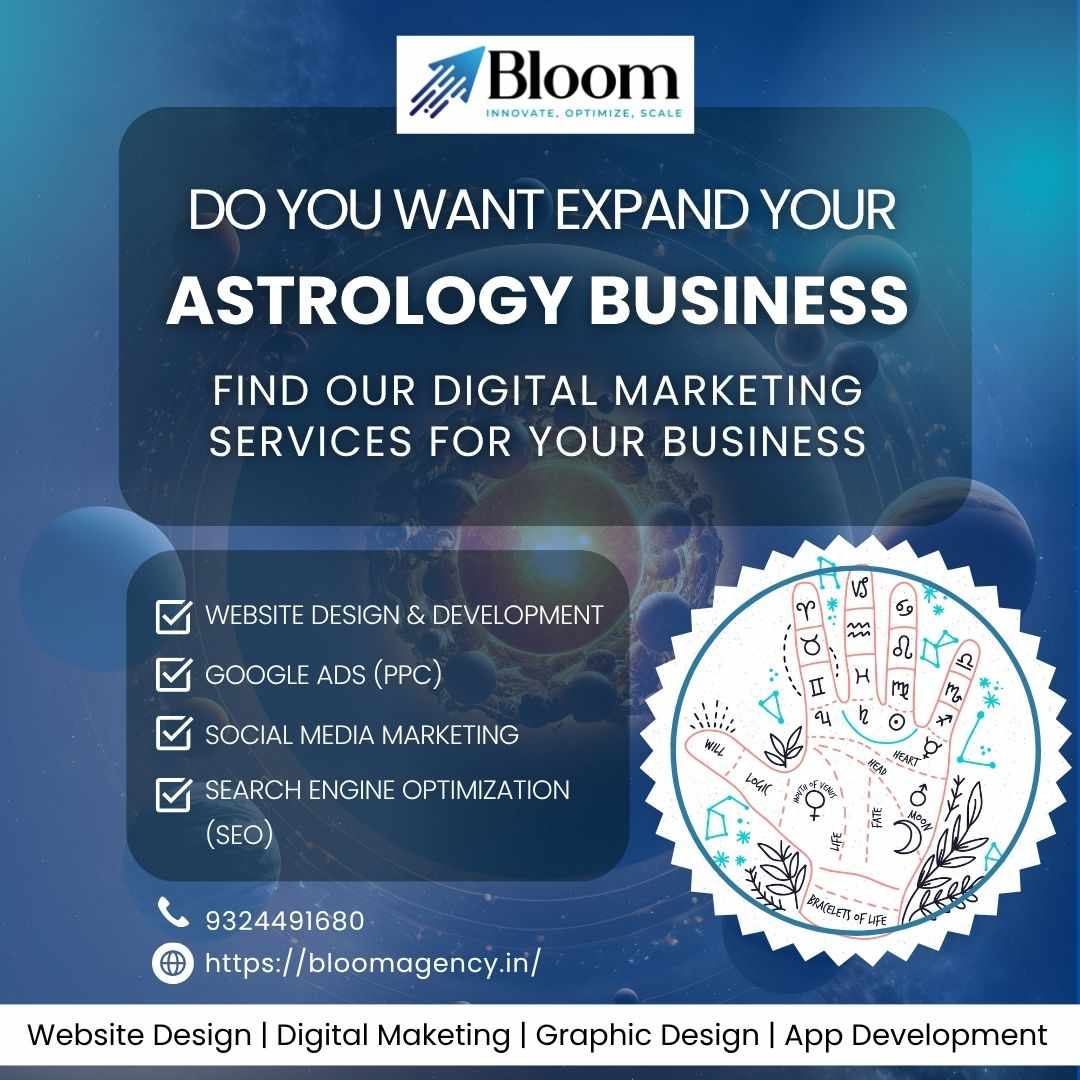


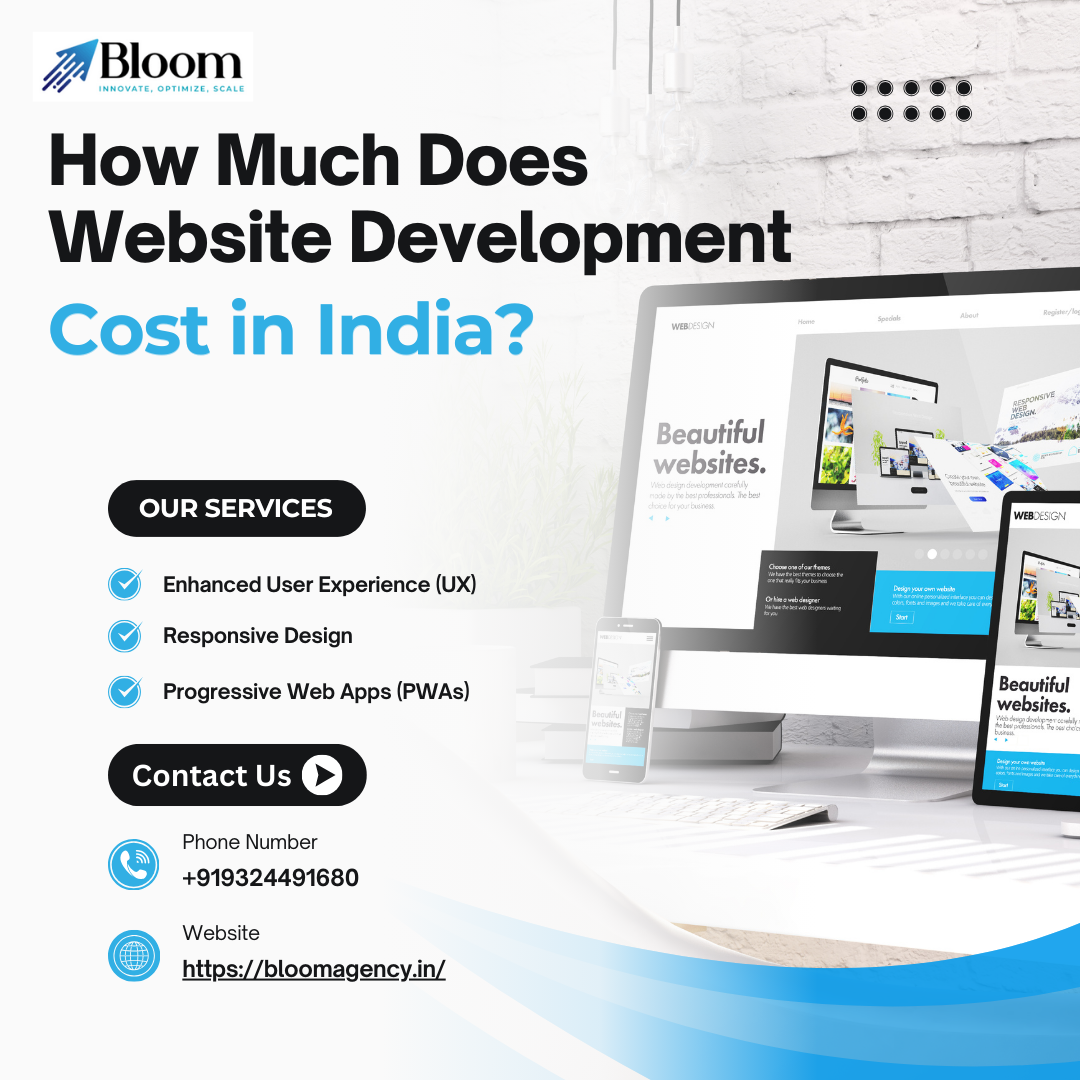
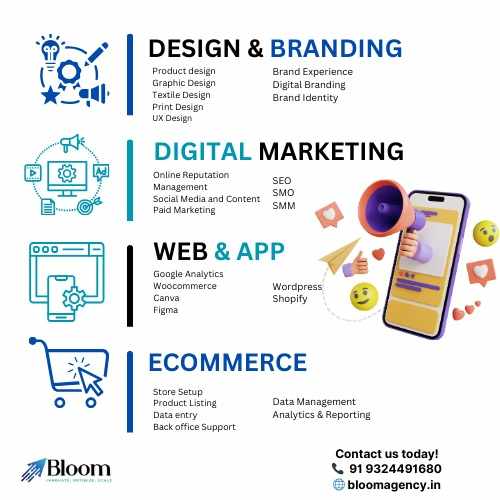
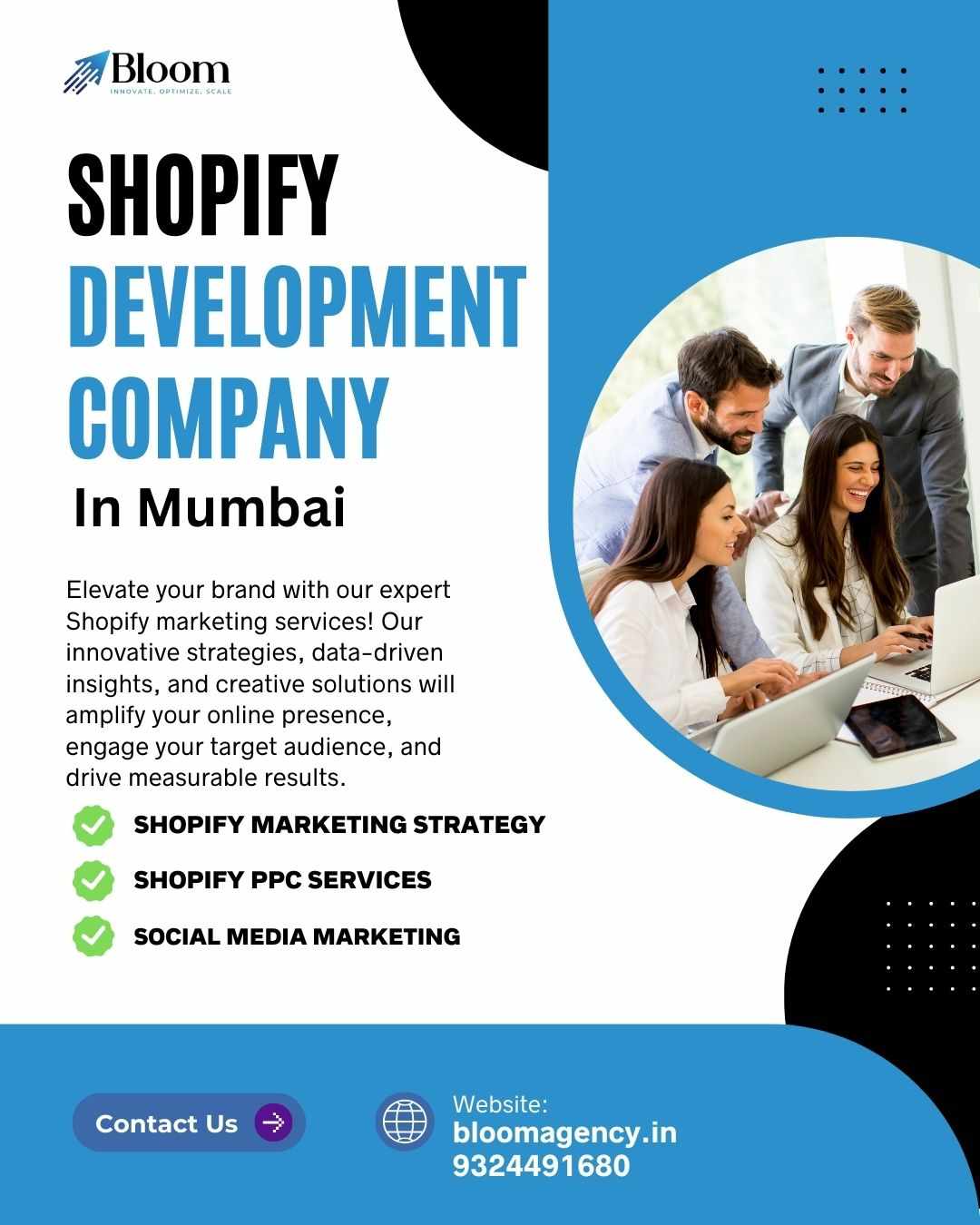
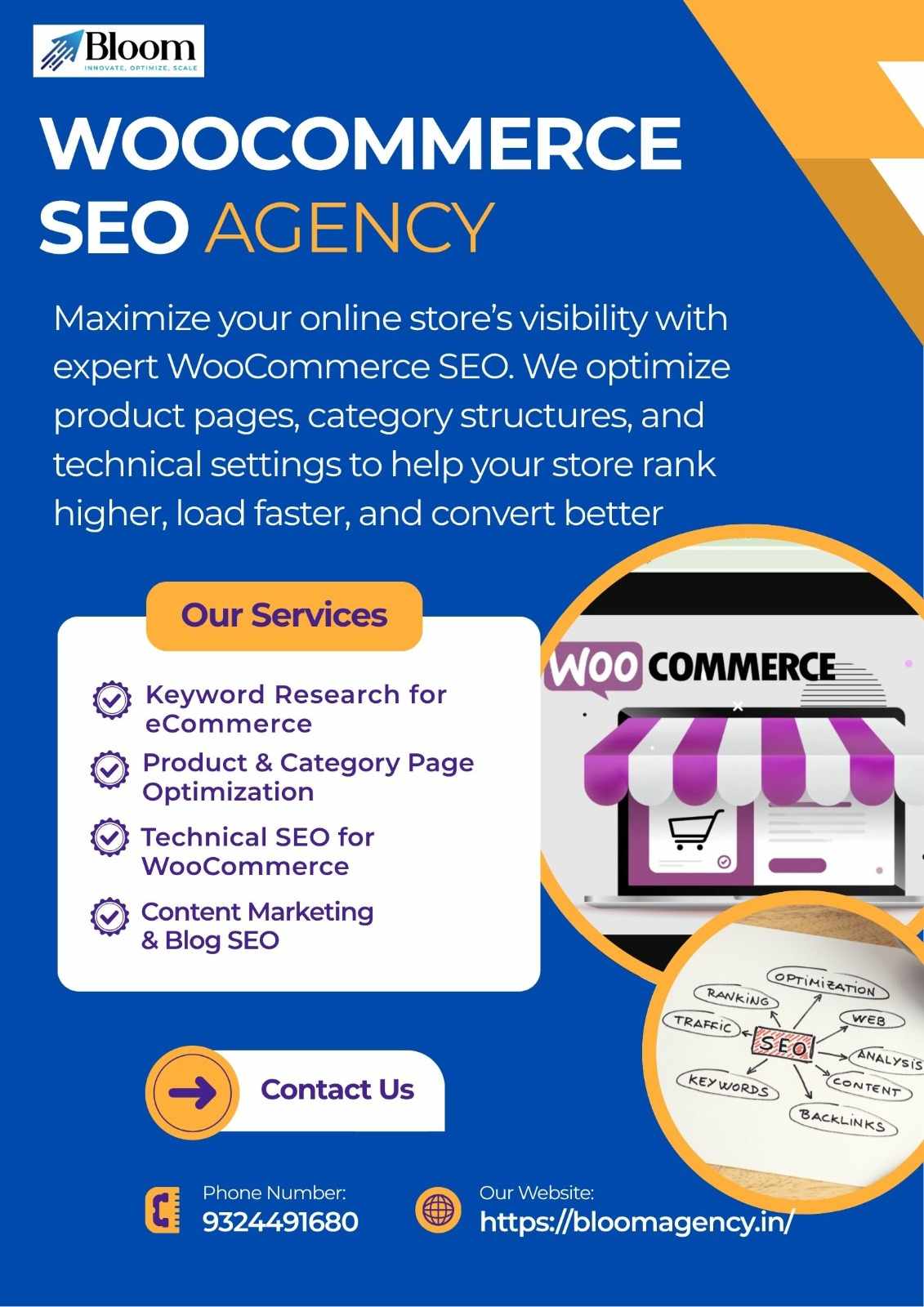


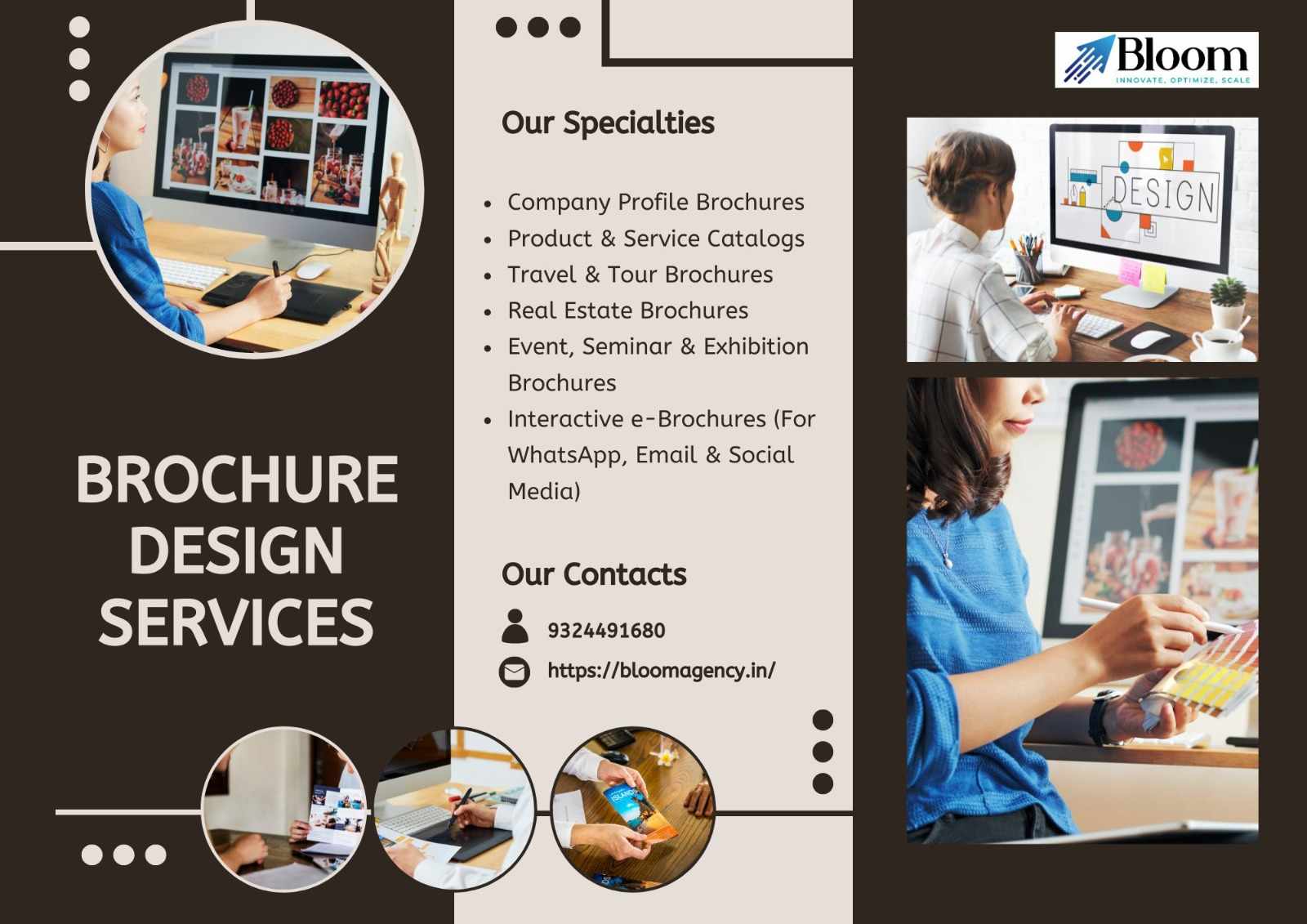
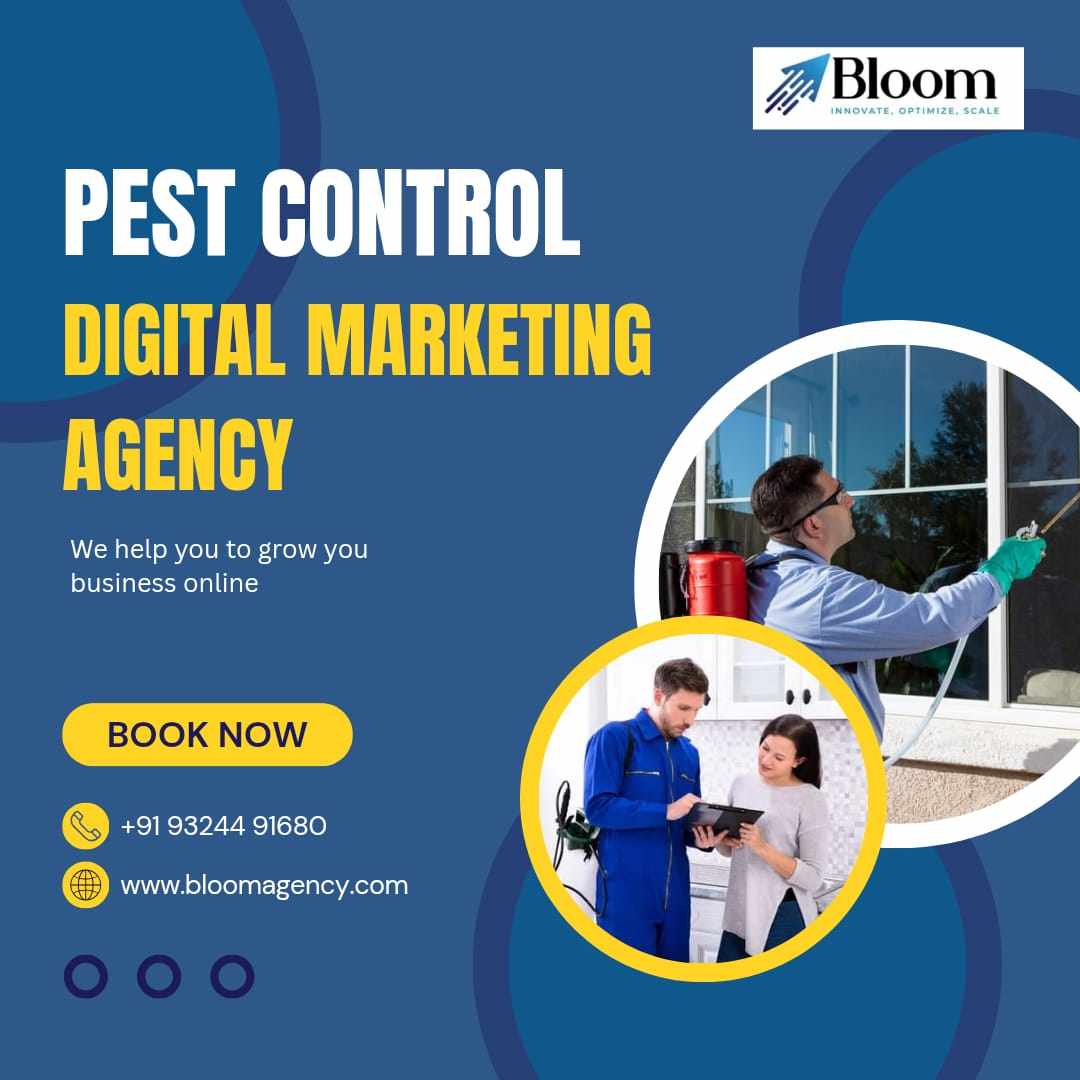

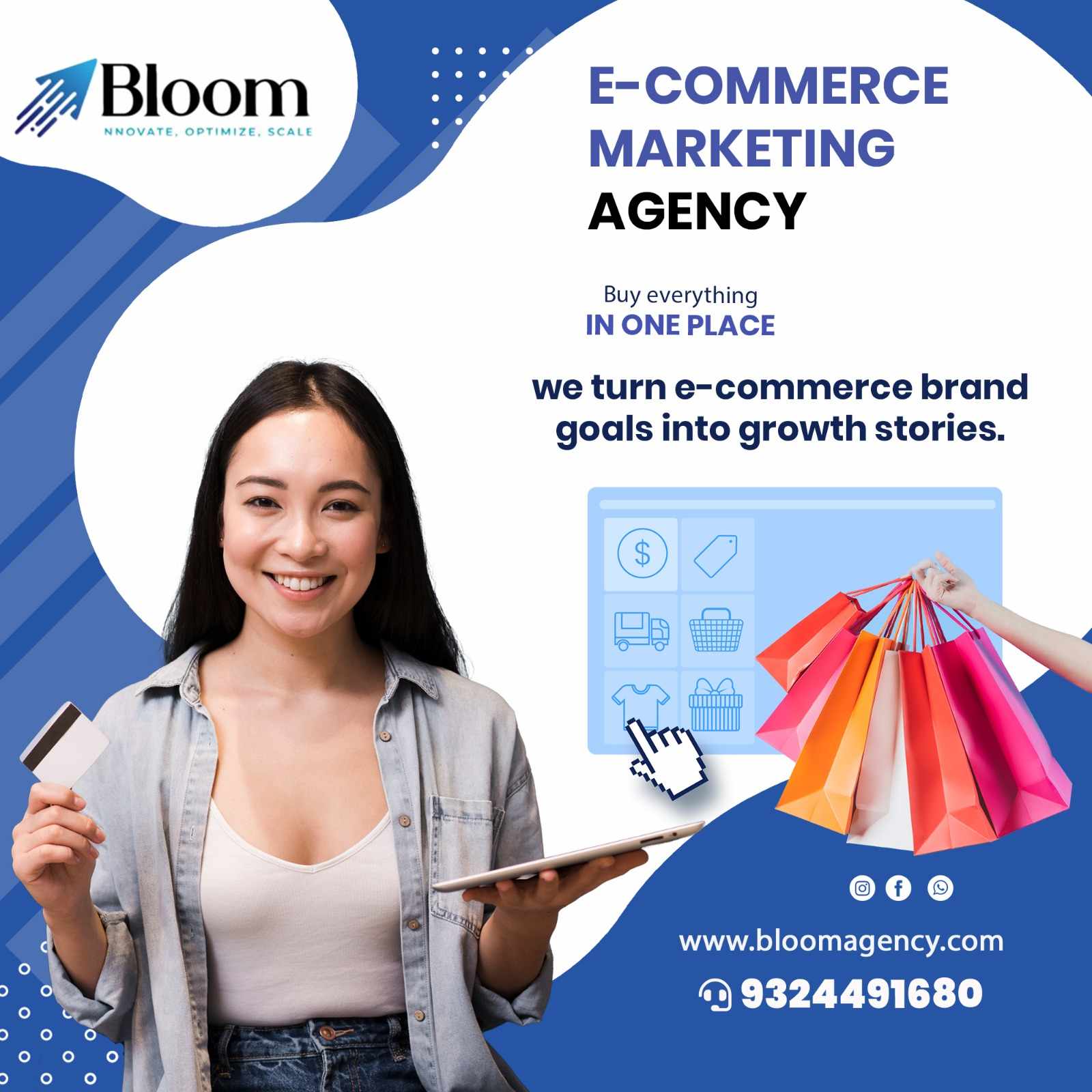

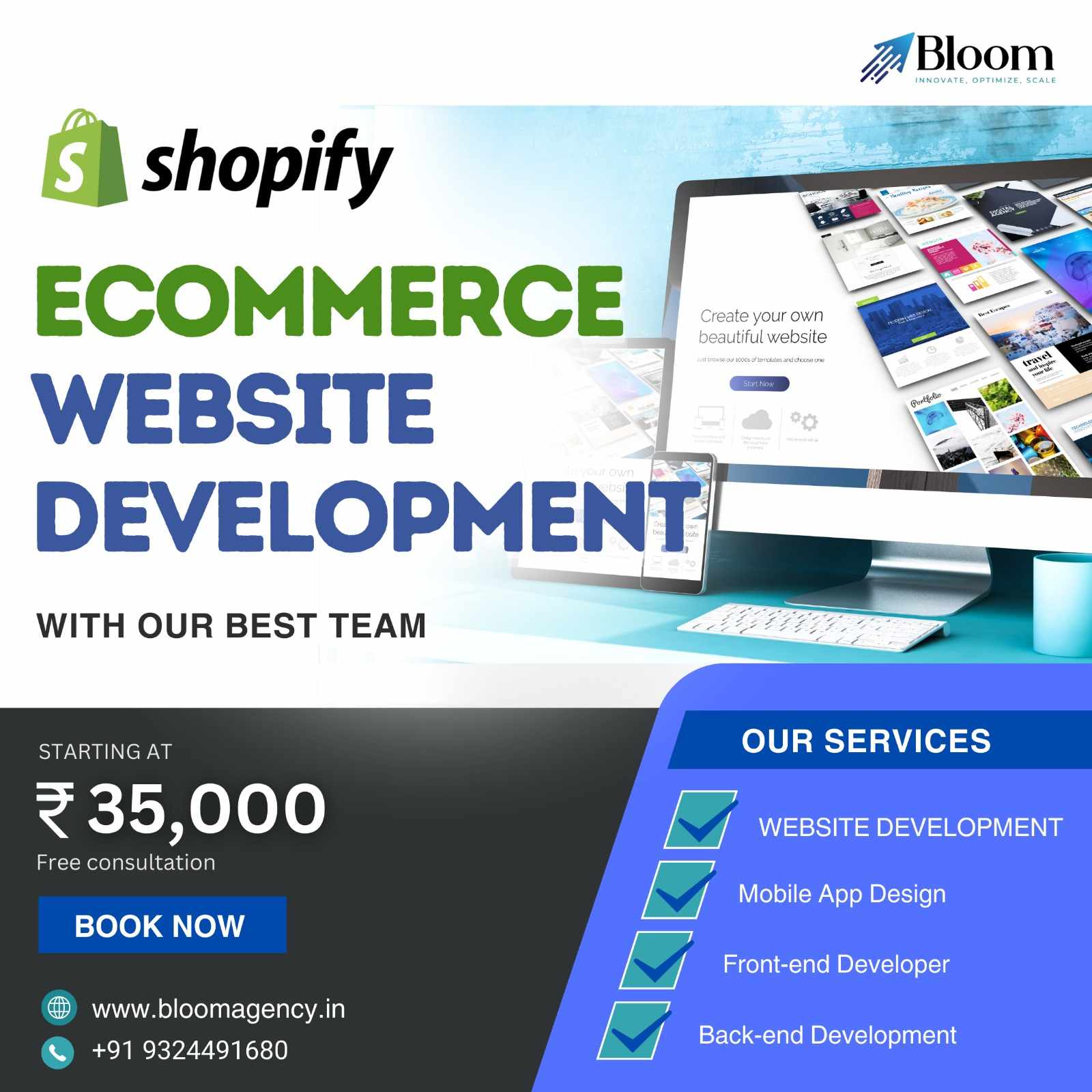

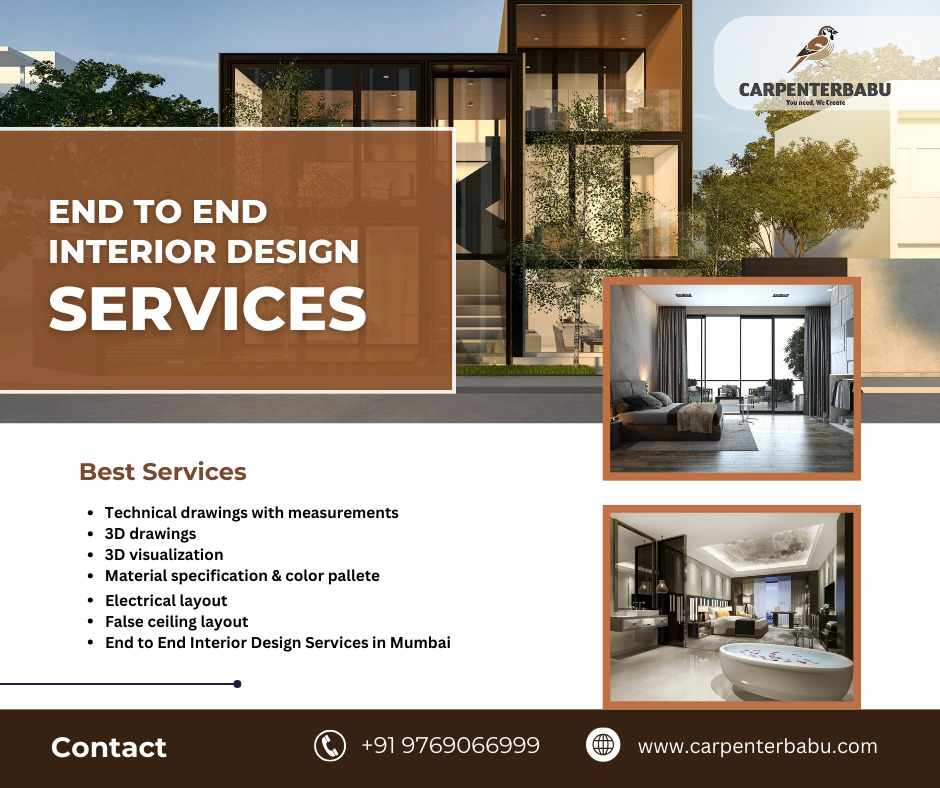
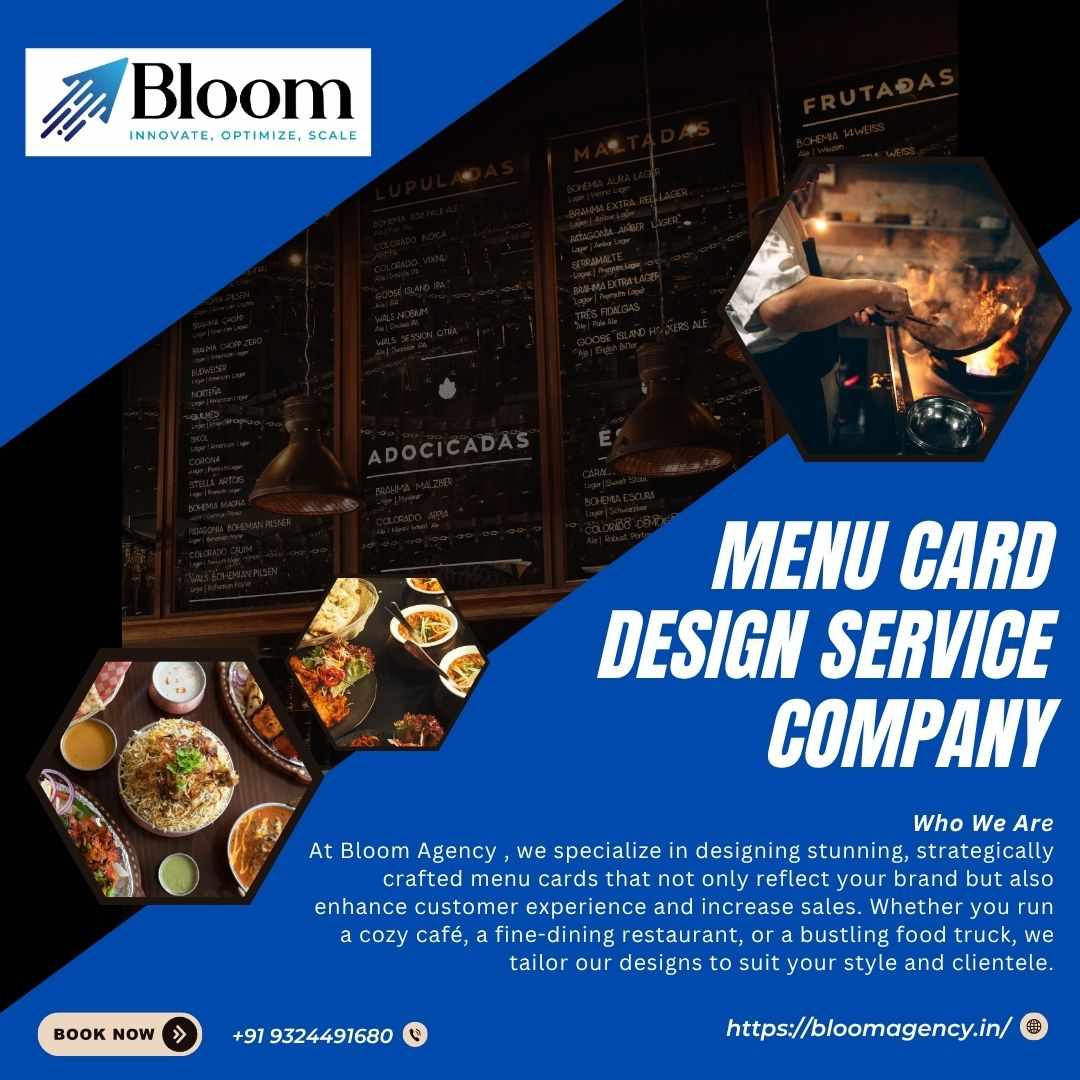
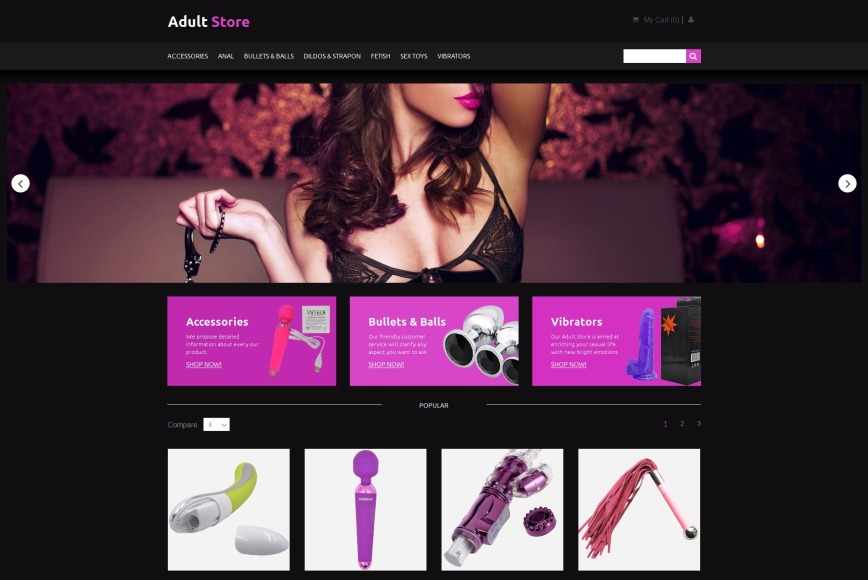
Write a comment ...